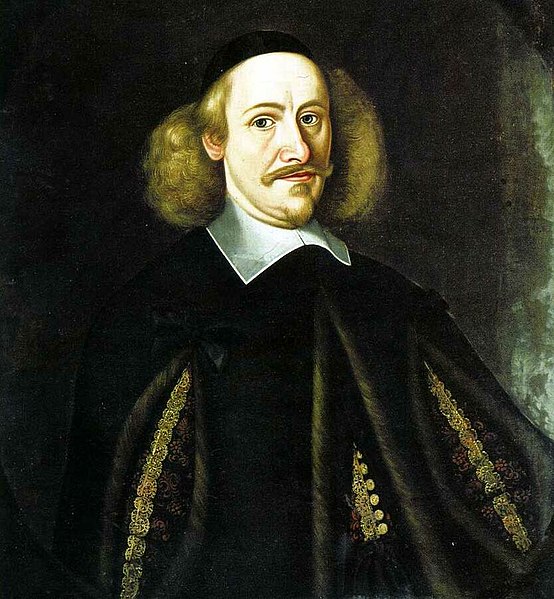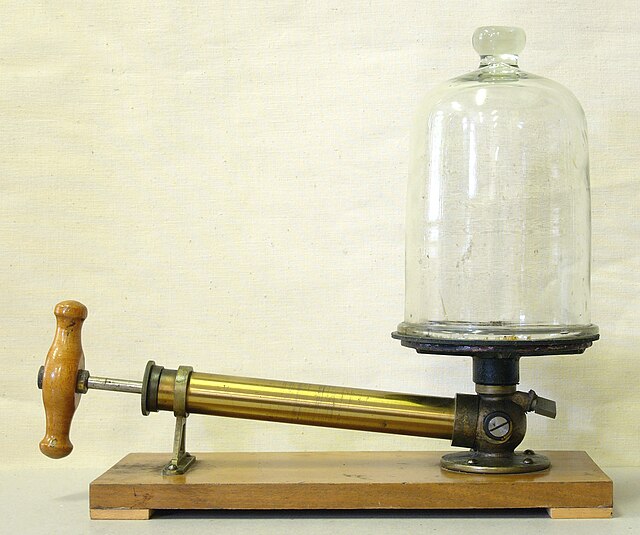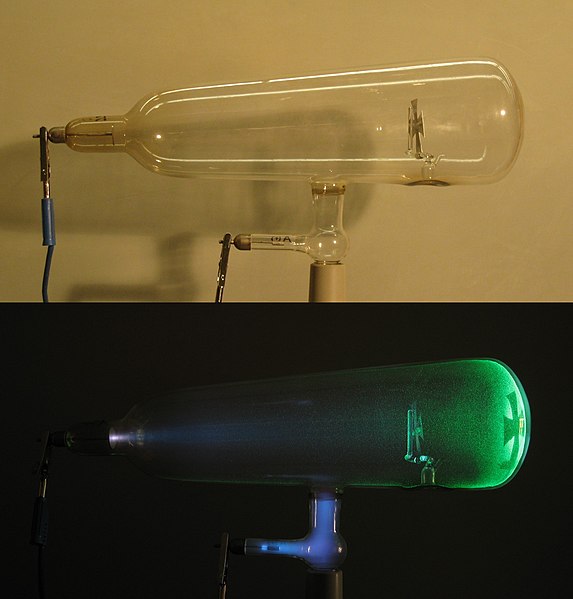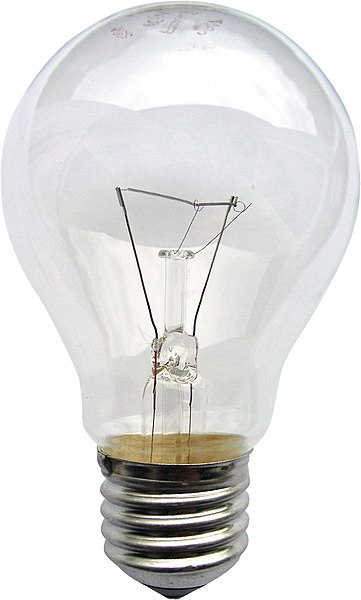Otto von Guericke was a German scientist, inventor, mathematician and physicist. His pioneering scientific work, the development of experimental methods and repeatable demonstrations on the physics of the vacuum, atmospheric pressure, electrostatic repulsion, his advocacy for the reality of "action at a distance" and of "absolute space" were noteworthy contributions for the advancement of the Scientific Revolution.
Otto von Guericke, engraving after a portrait by Anselm van Hulle (1601–1674)
Sack of Magdeburg, imperial troops have conquered the toll redoubt and enter the suburbs, April 1631
Portrait of Otto von Guericke by Anselm van Hulle (at the Gripsholm Castle)
First page of a 1672 copy of "Experimenta Nova (ut vocantur) Magdeburgica de Vacuo Spatio"
A vacuum is space devoid of matter. The word is derived from the Latin adjective vacuus meaning "vacant" or "void". An approximation to such vacuum is a region with a gaseous pressure much less than atmospheric pressure. Physicists often discuss ideal test results that would occur in a perfect vacuum, which they sometimes simply call "vacuum" or free space, and use the term partial vacuum to refer to an actual imperfect vacuum as one might have in a laboratory or in space. In engineering and applied physics on the other hand, vacuum refers to any space in which the pressure is considerably lower than atmospheric pressure. The Latin term in vacuo is used to describe an object that is surrounded by a vacuum.
Vacuum pump and bell jar for vacuum experiments, used in science education during the early 20th century, on display in the Schulhistorische Sammlung ('School Historical Museum'), Bremerhaven, Germany
The Crookes tube, used to discover and study cathode rays, was an evolution of the Geissler tube.
A glass McLeod gauge, drained of mercury
Light bulbs contain a partial vacuum, usually backfilled with argon, which protects the tungsten filament








